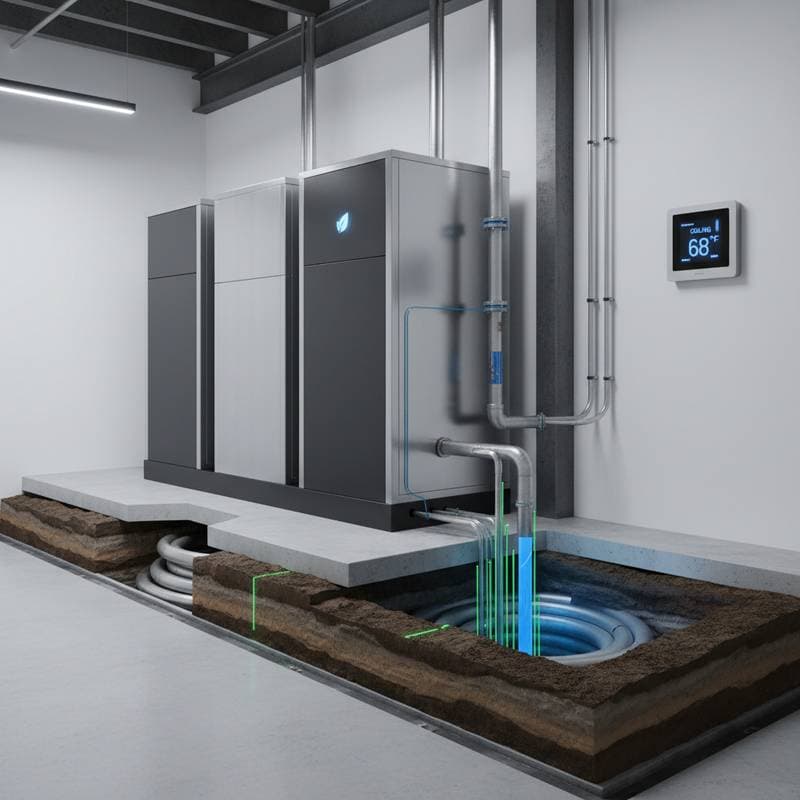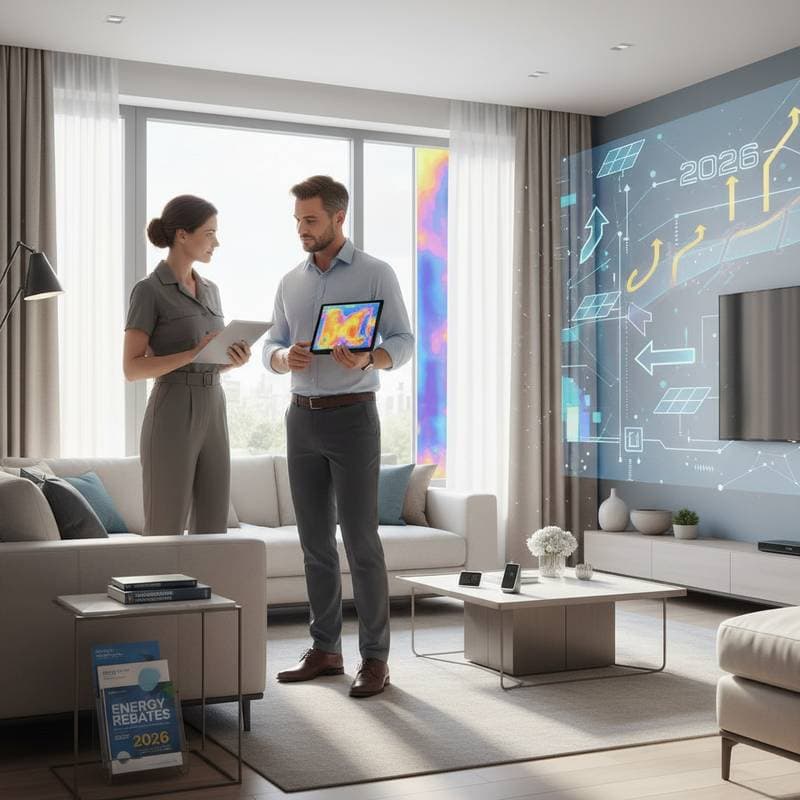PCMs: A Smart Way to Slash Cooling Costs with Natural Heat Storage
Imagine returning home on a sweltering day, the sun relentless on your roof, and your air conditioning unit working overtime. The indoor air might feel cool, but the looming utility bill casts a shadow over that relief. What if your home could manage heat on its own, storing excess warmth and releasing it when temperatures drop? Phase change materials, commonly known as PCMs, make this possible by acting as a natural thermal battery, reducing cooling demands and trimming energy expenses.
Why PCMs Are a Game-Changer for Homeowners
Energy bills often rank among the top expenses for homeowners, with cooling systems consuming a significant portion of electricity. PCMs address this by naturally regulating indoor temperatures. They absorb heat during the hottest parts of the day and release it at night when the air cools, easing the burden on your HVAC system. This process not only lowers utility costs but also creates a more comfortable living environment by minimizing drastic temperature swings.
Beyond cost savings, PCMs extend the lifespan of cooling equipment. With less strain on the system, you face fewer repairs and maintenance issues over time. Additionally, homes equipped with energy-efficient solutions like PCMs often see a boost in resale value, appealing to buyers who prioritize lower operating costs and sustainable features.
Understanding How PCMs Function
Phase change materials operate on a simple yet effective principle. These substances store or release energy as they transition between states, typically from solid to liquid or back again. Picture ice melting in a glass of water: as it changes state, it absorbs heat, keeping the drink cool. PCMs work similarly within building materials, capturing heat when indoor temperatures rise and releasing it as they solidify during cooler periods, all without mechanical intervention.
This passive cycle requires no electricity or moving parts, making PCMs a reliable, low-maintenance option. They can be embedded in various forms, such as panels or drywall, seamlessly integrating into a home’s structure while delivering consistent thermal regulation.
Strategic Planning for PCM Integration
Before incorporating PCMs into your home, consider how they fit into a broader energy efficiency plan. They are not a standalone solution but rather a complement to existing systems. Here are key factors to evaluate:
- Pairing with Insulation: PCMs perform best alongside traditional insulation, which slows heat transfer, while PCMs manage temperature fluctuations.
- Optimal Placement: Install them in areas exposed to direct heat, such as walls, ceilings, or floors, to maximize their impact.
- Climate Considerations: Homes in regions with significant day-to-night temperature variations benefit most, though PCMs still offer value in more stable climates.
- Renovation Flexibility: Available as sheets, panels, or integrated into building materials, PCMs suit both new constructions and existing home upgrades.
Breaking Down Costs and Long-Term Returns
The upfront cost of PCMs depends on the product type and installation scope, typically ranging from 2 to 5 dollars per square foot. For an average-sized home, this could mean an initial investment of several thousand dollars. However, the savings on cooling costs, often between 10 and 20 percent annually, can offset this expense over time, especially in hotter climates or homes with high energy use.
For instance, if cooling represents a substantial portion of your yearly energy bill, reducing that by even a modest percentage translates to significant savings. Payback periods generally span a few years to a decade, depending on local conditions and system efficiency. Moreover, energy-efficient upgrades like PCMs enhance a property’s market appeal, often increasing its value for future sales.
Sustainability and Comfort Benefits
PCMs offer more than just financial advantages; they contribute to a greener, healthier home in several ways:
- Lower Energy Use: By reducing reliance on mechanical cooling, PCMs help cut greenhouse gas emissions.
- Long-Lasting Performance: These materials remain effective for decades with minimal degradation.
- Improved Indoor Air: Stable temperatures reduce humidity swings, curbing mold growth and enhancing comfort.
- Passive Efficiency: Operating without power, PCMs provide a constant boost to energy savings.
Common Questions About PCMs
Do PCMs function without air conditioning?
They can reduce heat gain on their own, but pairing them with HVAC systems maximizes efficiency by lowering the overall workload.
Is DIY installation possible for PCMs?
Certain products, like panels or sheets, may be suitable for self-installation, though integrating them into structural elements often requires professional assistance.
Are PCMs safe for home use?
Most PCMs designed for buildings are non-toxic and securely encased in materials like drywall, posing no risk in residential settings.
Taking the Next Step with PCMs
For homeowners eager to reduce cooling expenses and improve indoor comfort, phase change materials present a practical, low-effort solution. The key to success lies in treating them as part of a comprehensive energy strategy that includes robust insulation, effective ventilation, and well-maintained HVAC systems. Begin by evaluating your home’s specific cooling challenges and pinpointing areas with the greatest heat gain. Then, balance the initial costs against the promise of long-term savings and a more livable space, making an informed decision that aligns with your goals.










